Sambagawa metamorphic terrane is the well studied glaucophanitic regional metamorphic one in. the world. Petrologic works by SEKI (1958) on the metamorphic rocks of the Kanto Mountains have shown the clear zonation in regional scale in that area from the pumpellyite to the greenschist fades through the glaucophane schist one. Since 1958, SEKI (1958, 1961), HASHIMOTO (1960), IWASAKI (1963), SEKI et al (1964), BANNO (1964), KANEHIRA (1967), HADA (1967), WATANABE (1970), and others have studied in detail the metamorphic rocks of the Sambagawa metamorphic terrane. Their results have been summarized by MIYASHIRO and BANNO (1958), MIYASHIRO and SEKI (1958), MIYASHIRO (1961), SEKI (1969), MIYASHIRO (1972, 1973), ERNST (1971, 1972, 1973), and others. From their con clusions, the Sambagawa metamorphic terrane is constituted with the glaucophane schist fades, the greenschist, and the epidote amphibolite facies rocks, and the metamorphic grade increase northward in the above mentioned order.
Such metamorphic zonation is almost due to the increase of the metamorphic temperature, but not pressure increase accompanying with that of temperature, judging from the phase diagram experimentally determined until now. The difference of temperature between zones I and V in the Kanto Mountains is obtained as about 100°C by SEKI (1958). It is noticed that the facies series of the metamorphic terrane denned by MIYASHIRO (1961) is consistent with the (P-T) trend of the met amorphic zonation, which indicates that the geothermal gradient at the lower grade metamorphic zone is smaller than that at the higher grade zone in one met a morphic terrane. In other words, the facies series or the metamorphic zonation corresponds to the horizontal variation of the geotherm or the temperature. It may be the question that the horizontal temperature gradient is up to 10 to 5°C/km in the Sambagawa metamorphic terrane, calculated from the fact that width of the Sambagawa metamorphic terrane is about 20 km.
TAKEUCHI and UYEDA (1965), HASEBE et al (1970), and OXYBURGH and TURCOTTE (1971) have obtained the two geotherms of low and high heat flow belts of the Japan Arc proposed by UYEDA and HORAI (1964). Their results show that the horizontal temperature gradient along the section between Japan trench and Japan Sea in the Northwestern Japan is about l°C/km at the 10 km depth. This value is extremely lower than that obtained above in the Sambagawa terrane. The horizontal temperature gradient at the active ridge (about 0.5°C/km) is com parable with that at the island arc as described above, and thus the horizontal
gradient at the Sambagawa belt may be unstable. The thermal history of the metamorphic belt is the key for clarify the genesis of the metamorphic terrane.
On the other hand, it is clarified that fold style of the metamorphic rocks is closely related to the metamorphic grade in the Tenryu district of the Sambagawa terrane by ISHIKAWA (1972). This fact indicates that the mode of the rock deforma tion at the low temperature is different from that at the high temperature. The mode of deformation dependent on the temperature has been obtained by ONO (1974), in terms of the angle between coupled slaty cleavages, being dependent upon the temperature in the western area of the Fossa Magna. These facts show that the deformation is coupled with the metamorphic reaction. KUMAZAWA (1963) has discussed the nonhydrostatic thermodynamics for the construction of the phase diagram under the stress field. According to his theory, the nonhydrostatic pressure causes the anisotropic preferred orientation in the polycrystalline aggregate, if the shape of crystalline substance of the aggregate is changeable. This constraint condition implies that the diffusion becomes possible in the crystalline substance of the aggregate, and thus it may be unacceptable for the low grade metamorphic rocks, because of clear remnance of compositional zoning in actinolite, epidote and other metamorphic minerals. The anisotropic prefered orientation, therefore, could be explained by the mechanism of coupling of deformation and recrystalli zation in the low grade metamorphic rocks.
The studied area ranges form Onishi to Kagawara towns in the Gumma prefec ture. The Onishi-Kagawara area is situated along the river Kannagawa in theborder area of the Gumma and Saitama prefectures. The Onishi and Kagawara towns locate at the 36°30'N, and 36°05'N in latitudes and 139°00'E and 139°30'E in longitudes, respectively.
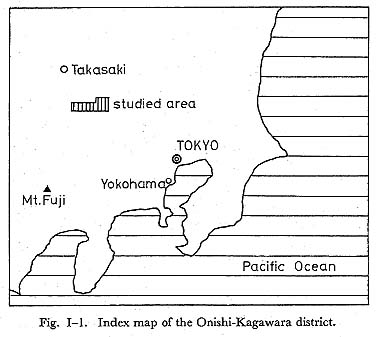

Plate I |
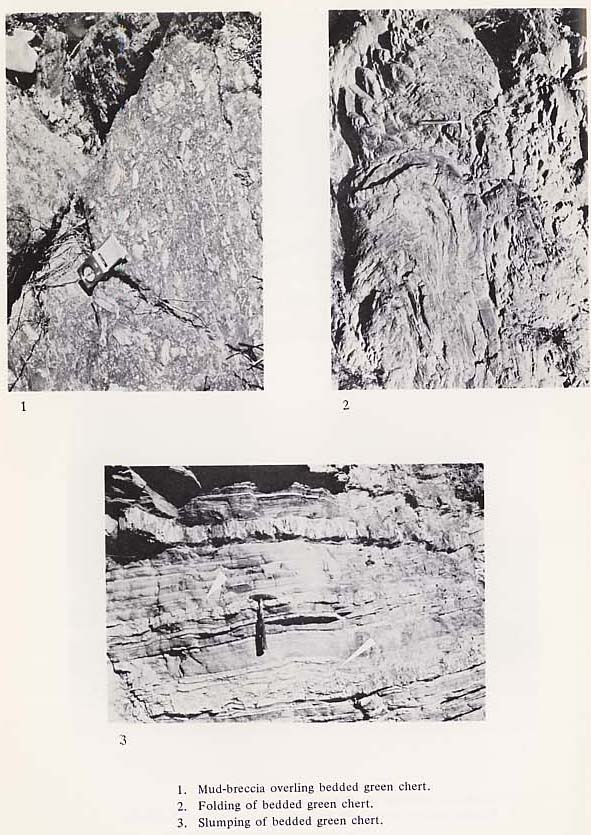
Plate II |

Plate III |
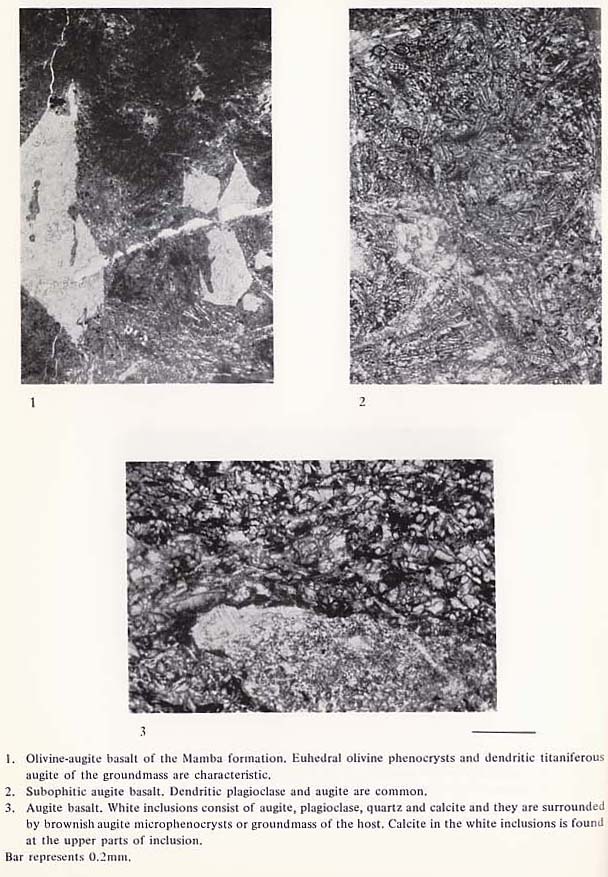
Plate IV |
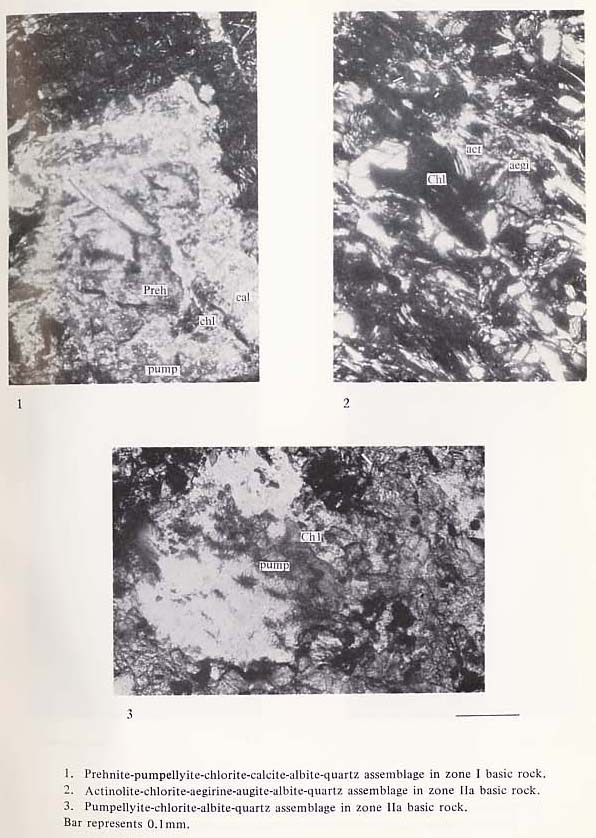
Plate V |
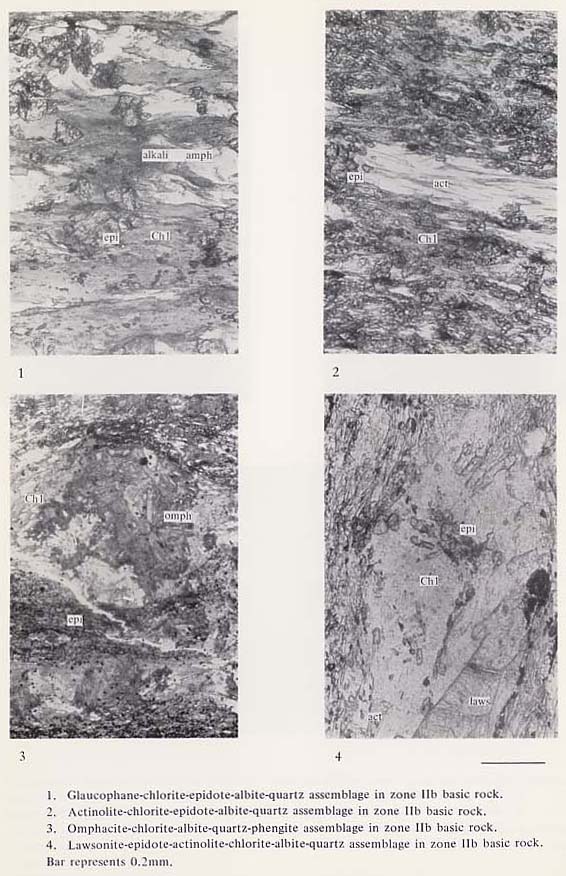
Plate VI |
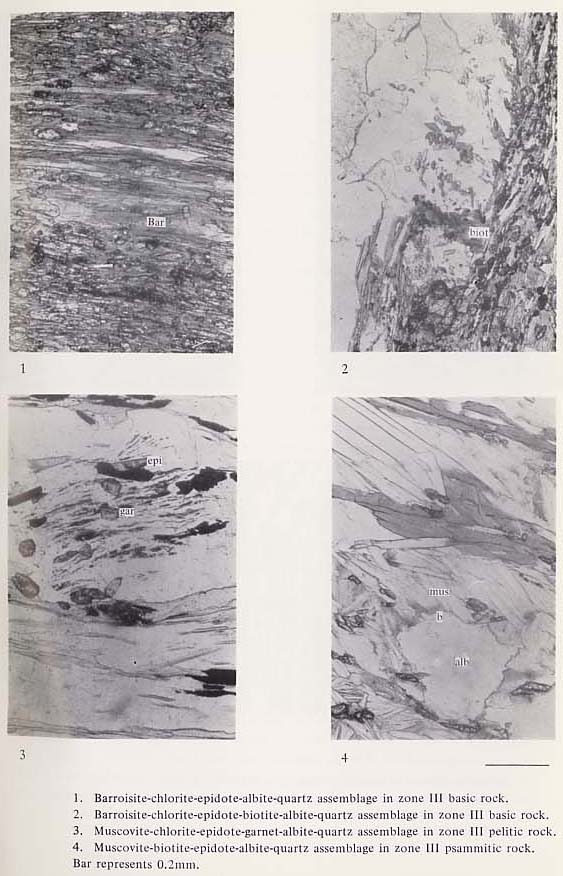
Plate VII |
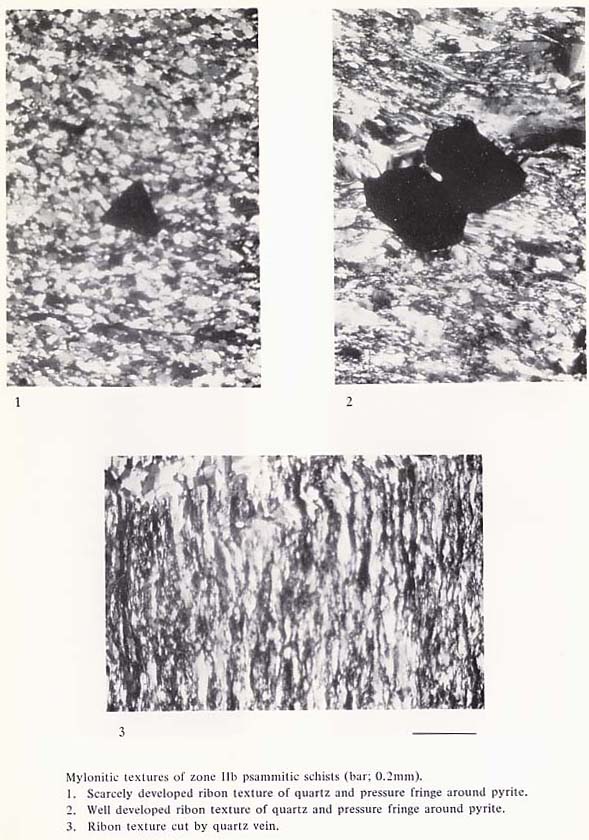
Plate VIII |








